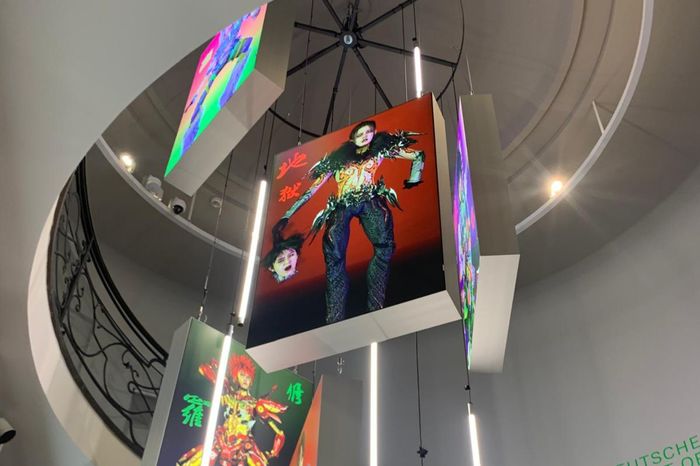Cambridge and performance
India Hansra argues that the ‘performative’ is not an empty mode of being, but a quality of artistry — even at its most mundane

I’m sure we all know of Marina Abramovic, or have heard of Michel Lotito’s vehicle-eating feats. Images like this tend to come to mind when we picture performance art. Performance art is constantly presented as a discipline for the risk-averse nut-jobs of the world, and most of us would never dream of engaging in the practice ourselves. However, performance art isn’t confined to such restrictive shackles, and in a city like Cambridge, it is all around us.
“Art and politics are inextricably fused and the link between performance art and protest is one of such fusions”
Cambridge is undeniably a political city. Whether it’s joining CUCA or CULC, selling your soul (and your degree) for a position at the Union, or fervently arguing against the death penalty in your supervision essay, most students find a way to get involved in Cambridge’s political scene. But a melting pot of hyper-opinionated students leads not just to debate and academic discussion, but to protest. Art and politics are inextricably fused; the link between performance art and protest is one of such fusions. In this way, Cambridge has seen protests for many different causes, and while they may differ in size, motive and method, they share the same fundamental aim — to be noticed.
With this in mind, it can be seen that protest, and performance, do not differ as much as one may expect. Marina Abramovic’s famous ‘Rhythm 0’ exhibition where the public were given 72 objects, including a loaded gun, to use against her, is undeniably moral in character. And political protests are much the same; both test the morality of the ‘audience’ in question. To me, protest is a performance in a way that I don’t think is talked about enough. And this just goes to show how much performance art really is all around us in Cambridge.
“We must not fall into the trap of the popular idea that something ‘performative’ cannot evoke change”
Behind the political front presented by the city, student activism extends from political protest, to humanitarian aims. CU Amnesty’s yearly ‘cage campaign’ is highly performative in nature; the students lock themselves in cages, attracting support and donations, while reminding us not to fall back on the popular idea that something ‘performative’ cannot evoke change. In raising awareness, the impact of these campaigns is huge. While the length of time spent in the cage falls short of Tehching Hsieh’s 'One Year Performance', the concept of it being a ‘performance’, I feel, is consistent between the both of them.
However, it is important to remember that performance art does not have to be something serious, or with important aims or political motivations. The essence of a performance is that it draws attention, captivates those who just happen to stumble across it. From student-led acapella groups to acrobatic stunts on C-Sunday (the skill of the University gymnastics team shining through a little more than anyone else who tried to climb the lamppost) are just as valid methods of performance art. While it might seem stupid to try and justify a drunken mathmo climbing a pole as a form of art, the cries of the traditionalists are likely to fall on deaf ears. Because the concept of what art really is, of what performance really is, is constantly evolving. And in climbing that pole, that drunken mathmo was demonstrating a performance: he was entertaining people, and putting on a public show.
While this may seem like I have lost touch with reality, the essence of performance art is, to me, comprised of two elements — the first being that you are putting on an ‘event’, and the second that you are using your body in some form to create the art. It saddens me that performance art is so often seen as a niche area which commandeers professionals who put their life on the line for their art, when in reality, it can be something as simple as a gymnastics stunt on Jesus Green. Performance art is political, it is inventive, and in a city like Cambridge, it is everywhere we look. You don’t need to trap yourself in a fish tank to be a performance artist. It is a discipline which I think a lot more of us are a part of than we give ourselves credit for.
 News / Clare Hall spent over £500k opposing busway 24 December 2025
News / Clare Hall spent over £500k opposing busway 24 December 2025 News / Caius mourns its tree-mendous loss23 December 2025
News / Caius mourns its tree-mendous loss23 December 2025 Comment / The ‘class’ of Cambridge24 December 2025
Comment / The ‘class’ of Cambridge24 December 2025 Comment / Yes, I’m brown – but I have more important things to say22 December 2025
Comment / Yes, I’m brown – but I have more important things to say22 December 2025 Interviews / Politics, your own way: Tilly Middlehurst on speaking out21 December 2025
Interviews / Politics, your own way: Tilly Middlehurst on speaking out21 December 2025










